12 Fascinating Yellowstone National Park Facts for Kids 2022
National parks are some of the nicest places to visit, no matter where you live in the world, and Yellowstone National Park is no exception. This park is one of the oldest and largest national parks in the United States of America and is home to many people, animals, and even a volcano!
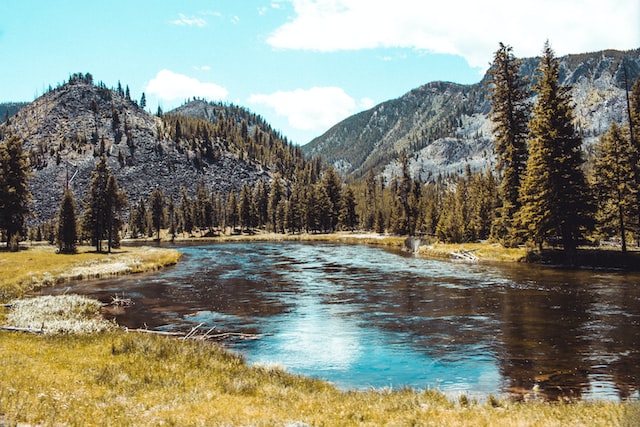
Yellowstone National Park has a rich history, diverse physical features, and many sites to see. In this guide, you will learn more about Yellowstone National Park, and hopefully, you will know more about it than you did before. Let’s take a closer look at it!
12 Fun Yellowstone National Park Facts
1. Yellowstone National Park is one of the USA’s most commonly visited and popular parks.
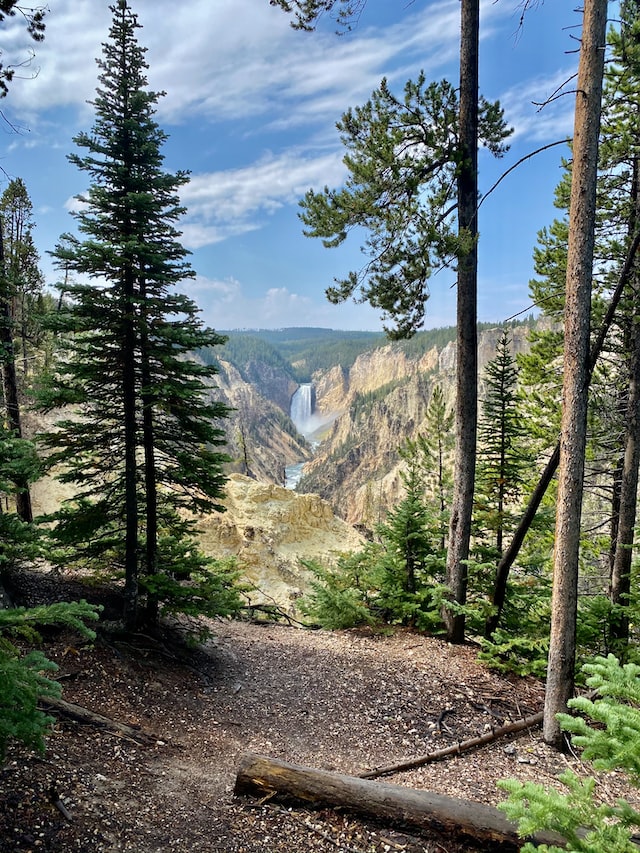
This park is one of the USA’s most widely visited spots for outdoor recreational activities. Reports have shown that over two million people have visited the park every year since the 1960s, with the highest number of visitors being around 4.5 million people in 2016. Research has also shown that July is the busiest month of the year for people to visit Yellowstone; it is when summer vacation starts for most schoolchildren. Over 3,500 employees work at Yellowstone during the summer months, while around 750 people work at the park permanently throughout the year.
2. Yellowstone National Park has a fascinating history behind its name.
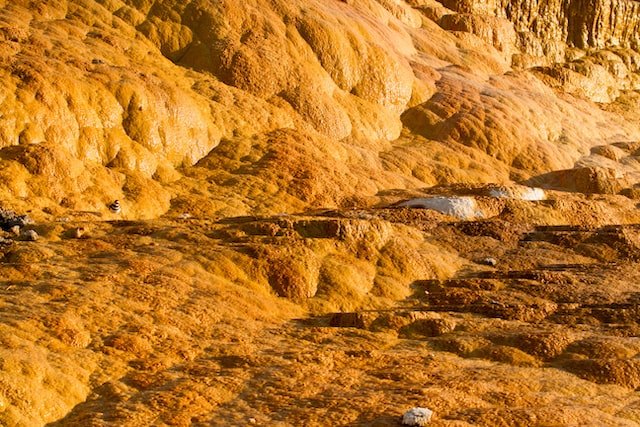
While there are many stories behind the origin of the park’s name, many people believe that the name Yellowstone came from yellow rocks that people saw in the park’s Grand Canyon region. However, others believe that the historical name of the park came from the Yellowstone River; this is where the river’s headwaters are located. On the other hand, researchers also have reason to believe that the name of this park emerged towards the latter half of the 18th century. At the time, a group of French traders stumbled across a river they named Roche Jaune, which researchers believe was a direct translation of the words Mi tsi a-da-zi, a language spoken by the Native American group called the Hidatsa.
3. Yellowstone National Park is over 10,000 years old.
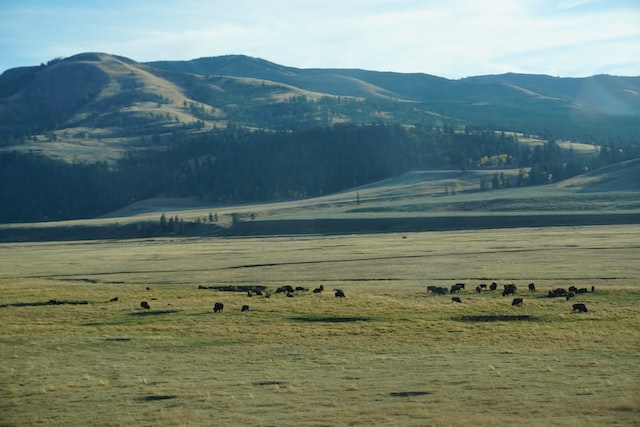
Before the park became what it is today, it was initially inhabited by groups of Native American people who built their homes within the park. Since there was a river nearby, they could fetch water, catch fish, and hunt in the same area. Additionally, construction workers found a piece of volcanic glass in the 1950s while building a Yellowstone post office. The glass they found was over 10,000 years old, which was how they could identify the park’s age. Researchers believe this glass was of Clovis origin and used by the Paleo-Indians to make weapons and tools.
4. Yellowstone National Park was created in 1872.
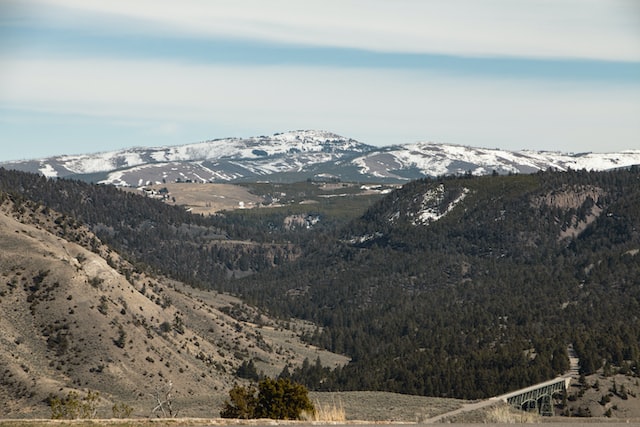
We can credit Ferdinand V. Hayden with Yellowstone’s official creation! He began to explore the park’s region back in 1871. The government provided him with funding to explore the region, and he thoroughly did so. After exploring Yellowstone, he put together an extremely detailed report that included huge photographs and paintings. Before Ferdinand explored Yellowstone, the land was open for public auction. However, after he surveyed the region and handed his report over to the government, they removed it from public auction. In 1872, President Ulysses Grant created the park by signing a law called The Act of Dedication.
5. Yellowstone National Park stretches across three different states.
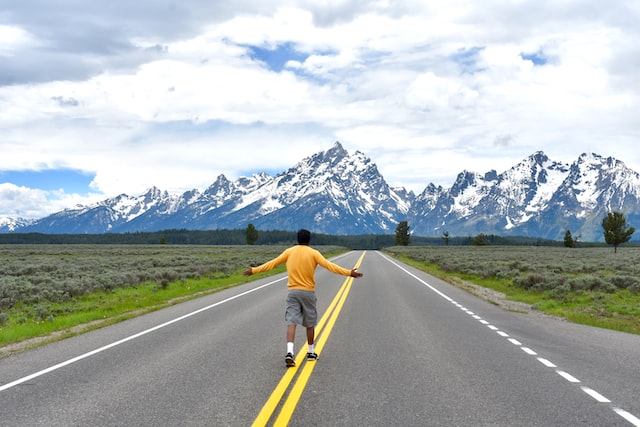
It’s no secret that this national park is one of the biggest natural parks in the country. Therefore, it might interest you to know that Yellowstone stretches into three different states! The majority of it is located in Wyoming, with just over 95% of the park’s land belonging to Wyoming. Additionally, over 2% of Yellowstone is located in Montana, while around one percent of the park’s land is in Idaho. Yellowstone is over two million acres and is bigger than the states of Rhode Island and Delaware.
6. Yellowstone National Park is home to the largest volcanic system in the USA.
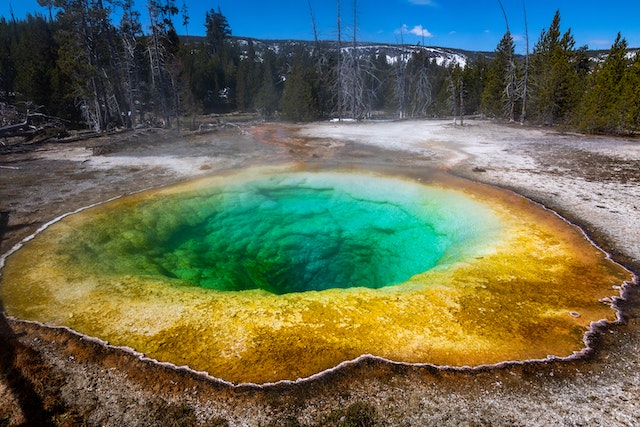
While Yellowstone has many sights to see, the Yellowstone Caldera is something people travel from all over the world to see. A caldera is simply a huge hollow that forms in the ground. It is in the shape of a cauldron, and is formed after a volcano erupts magma, and the ground collapses. The volcanic caldera in Yellowstone is about 43 miles wide and 28 miles long and is located in Wyoming. One of the most interesting aspects of this caldera is that it is millions of years old, thanks to three major volcanic eruptions that formed it. These were the Lava Creek eruption, the Huckleberry Ridge eruption, and the Mesa Falls eruption.
7. Thousands of earthquakes take place at Yellowstone throughout the year.
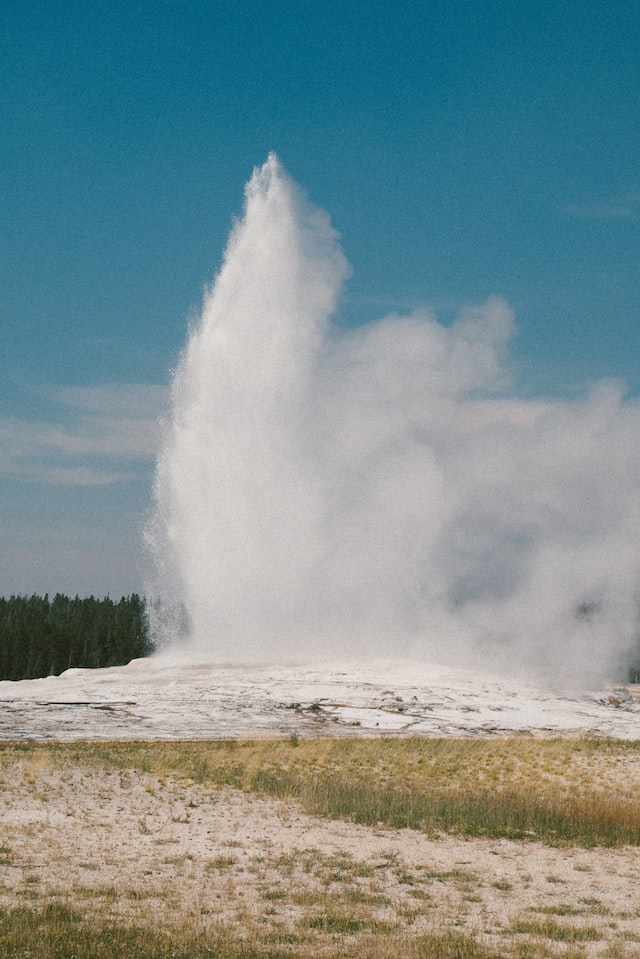
Before you start to worry, we’re here to tell you that most of the earthquakes that the park experiences throughout the year are undetectable by humans and are harmless! The reason that the park experiences so many earthquakes every year is because the rocks underneath the earth’s surface break as a result of stresses in the earth’s crust. Even though Yellowstone experiences around 2,000 earthquakes a year, only about six of the earthquakes throughout the course of history had a magnitude of around six and higher.
8. Yellowstone is home to thousands of types of flora and hundreds of different fauna.
In terms of plants and trees, we were shocked to learn that this national park alone is home to more than 1,600 tree species and plants, all of which are native to Yellowstone. Additionally, there are more than 150 species of plants that are exotic to the park. Studies have shown that the trees in Yellowstone consist primarily of pine trees; they cover over 75% of the forested areas of the park. Aside from trees, there are dozens of flowering plants scattered throughout the park. These plants usually bloom during the spring and summer months, between May and September. In terms of fauna, yellowstone is also home to more than 55 species of mammals. These include coyotes, bison, elk, moose, and bighorn sheep. There are also grizzly bears and lynxes throughout the park.
9. Yellowstone National Park is prone to forest fires.
Forest fires are not uncommon in wooded areas, and Yellowstone National Park is no exception. This park sees around 80 forest fires every year. However, it might interest you to know that some of the trees in the park have adapted to protect themselves from getting burned in the event of a forest fire. For instance, the Douglas fir trees have adapted over time and developed a very thick external bark that protects the inner layers of its bark from strong flames. Aspen trees can still grow even if the entire tree above the ground is burned. This is because the soil protects the roots, and new Aspen trees can grow from existing roots.
10. Yellowstone National Park is situated on a plateau.
One of the most notable physical features of the park as a whole is the fact that it is situated on a plateau. This plateau is called the Yellowstone Plateau, and is over 7,900 meters above sea level. All four sides of the plateau are bound by a range of mountains called the Middle Rocky Mountains. At its highest point, the mountains are over 3,400 meters tall, and its peak is called Eagle Peak.
11. The Old Faithful geyser is located in Yellowstone National Park.
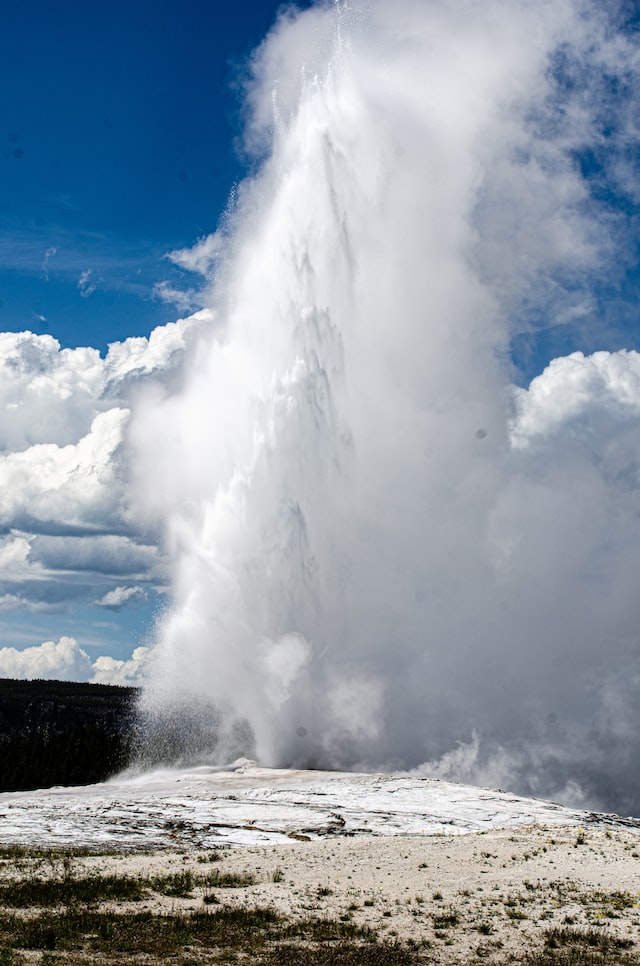
Another notable feature of the Yellowstone is the fact that the Old Faithful geyser is located within the park. This geyser is one of the most famous in the entire world, and studies have shown that it erupts almost every two minutes. Yellowstone is also home to the Steamboat Geyser, which is the tallest active geyser in the entire world.
12. Yellowstone is home to many geothermal features.
These features include hot springs, mud pots, geysers, fumaroles, and travertine terraces. The fumaroles are some of the hottest areas of the park, while the geysers constantly eject steaming hot water every few minutes or seconds. The mudpots are nothing but hot springs, but they aren’t safe to touch because they are acidic and contain small amounts of water.
Conclusion
In this article, we learned that Yellowstone National Park is one of the most fascinating places in America. This park is full of natural wonders and sights to see! We hope that you learned a thing or two about it, and hopefully, the next time you visit, you’ll feel inspired to educate the people around you!
